Copper Harbor
Another place beyond the wall.
After getting kicked out of our site in McLain State Park we weren’t thrilled at the prospect of more time in a Michigan State Park, but there’s not really anything else in Copper Harbor. We pulled in around 3 and asked for a site. The woman at this check-in station was very nice and told me to drive around and pick what site I wanted.
We did that, but by the time we got back there were other people already booking some of the sites we’d been told were open, which I guess makes sense, but it’s a crazy way to do things. No one had taken the site we wanted, but I made a joke about putting someone in a choke hold to make sure they didn’t take my site and she said, “oh, we have fights in the office sometimes.” I see. Well, there you go. Note to self: JuiJitsu is never not useful.
We managed to get a site without any violence, which was nice. We also booked it up for a few days so no one would steal it out from under us.
Copper Harbor is a place that remains mostly beyond the reach of the world. It’s like Ocracoke, Apalachicola, Patrick’s Point, Edisto, and other places I’ve never named. They are not off the map — that’s not possible any more — but they are at the edges, far enough outside the lines to be mostly ignored, visited like shrines by devotees.
These are worlds where cell phone service is spotty to non-existent and the people who live in them interact more, it seems to me, with the world around them. They are more present, more connected to the people around them than other places.
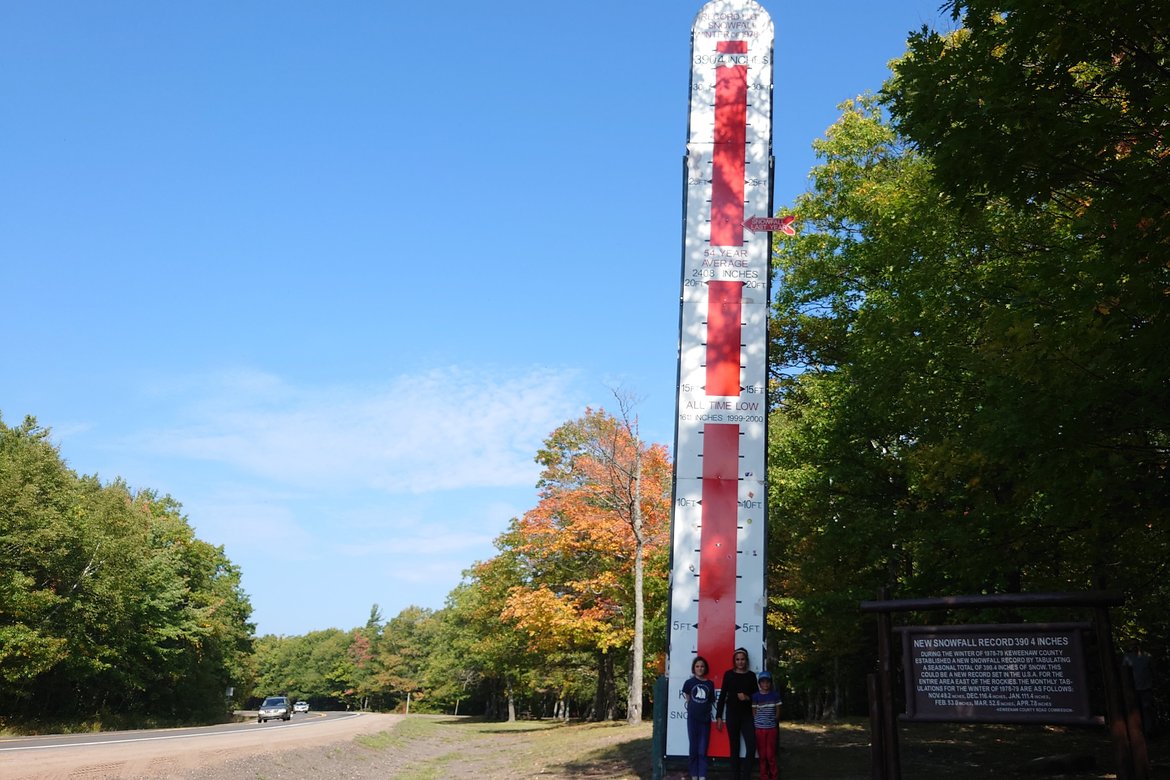
This is my best guess. I don’t live in any of them, but after spending months in several I would say that one characteristic they all share is some kind of external hardship that unites the people living there. Up here that’s snow. Ocracoke and Apalachicola have storms, for others it’s the sheer remoteness of life that bring people together. When the nearest store is hours away, when the nearest hospital is probably too far to help, the nearest services don’t really serve you, you have to band together to get by, you share, you help others out, they help you. The way the world has been since the beginning of time — until the last 50 years anyway, when the outside expert arrived to tell people they were doing it wrong. Look where that got us. We need to get back to the way of Ocracoke, the way of Apalachicola, the way of Copper Harbor.
All that said, I also think that much of what saves these places from the ills of modernity has to do with size. It might be that this kind of culture can’t scale beyond a certain size. There are certain things you can’t do if you live here. You can’t put your headphones on and ignore the world when the world consists of only a few hundred people. Humans haven’t regressed that much yet, thankfully.
To be clear, I have no romantic notions about small town living. Small towns can be really awful if you want to buck the trends of the town. My favorite example of this is from the 1820s, when Transcendentalist Joseph Palmer — who was considered eccentric because he dared to grow a beard — was mobbed by his New England neighbors who tried to shave him in the street. He was then thrown in jail for defending himself, being charged with “unprovoked assault.”
No, I have no particular love for small towns, but it does seem to me that these places that are “beyond the wall” as my friend Josh likes to say, tend to be small. Perhaps it’s that there are not that many people who want to live outside the world. Perhaps these really are some kind of ideal small towns made up of eccentrics who drifted in the tides of civilization until they ended up out here in the eddies.
I’d have to live in one to know, and I don’t. I like to visit them though. I like it when my phone stops working, when I can’t even find a coffee shop with internet.
One day I stayed home to do some writing, Corrinne took the kids and went with our friends out to a place they call Horseshoe Bay. It was sunny and almost warm. It was enough that the kids braved the water (which is about 45 degrees around here right now).
The next day they convinced me to come out. The fog didn’t burn off as much as it had the day before, but the girls went swimming yet again.
Copper Harbor is also home to Fort Wilkins, which the U.S. Army set up in 1844. It was supposed to keep the peace between the miners flooding in to the great copper rush and the local Ojibwe. While some Chippewa opposed the Treaty of La Pointe that had ceded this area to the United States in 1842, the fort seems to have been mostly unneccessary. The miners and Ojibwe got along. That’s the story anyway.
Walking around the fort, and thinking about the snow level sign back down the road I couldn’t help wonder if Fort Wilkins was one of those places you ended up stationed because you pissed off someone of higher rank.
It’s not hard to see what a forlorn little outpost it must have been in 1844. Even walking around it today there’s a kind of oppressiveness to it. I think that’s why everyone gravitated to the mess hall and food displays. Food staves off bleakness.
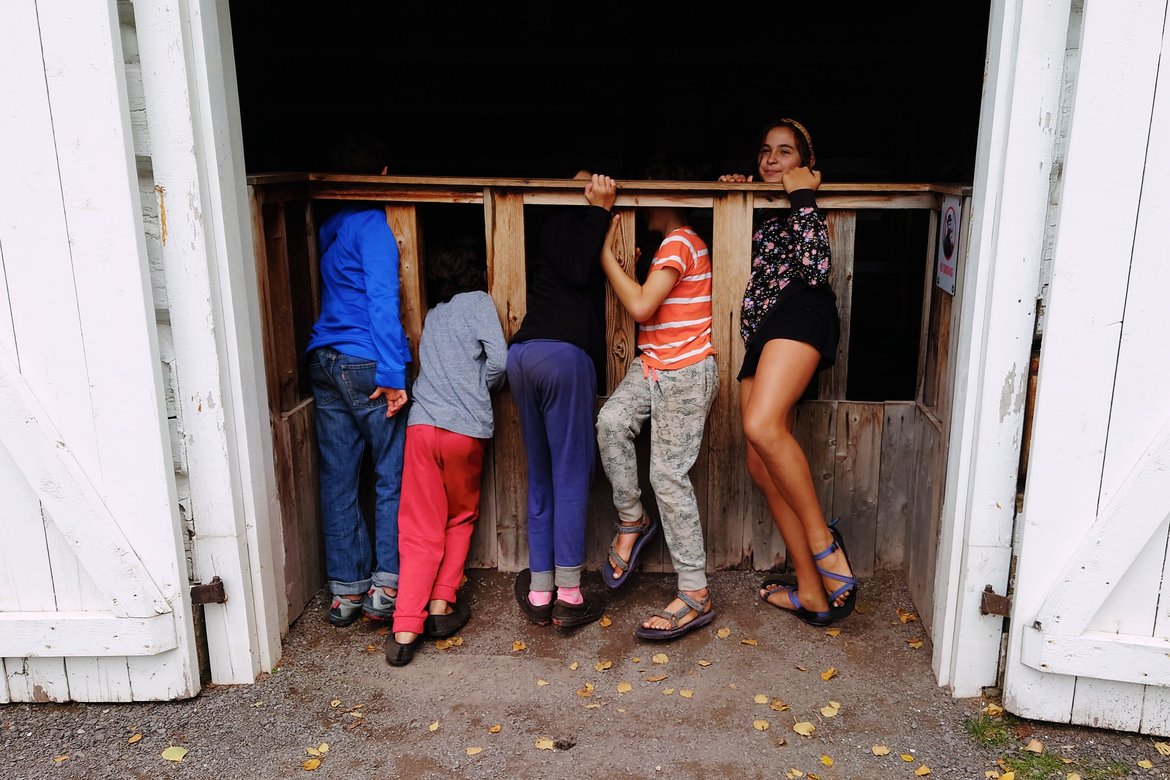
Fall was in full swing up here. I think we missed the peak colors by about a week, but it was gorgeous even when we were there. If there’s anything I’ve missed traveling the last few years it’s fall, which has always been my favorite season. This year we got a good taste. But I kept thinking about that snow level sign. Don’t want to linger too late in these parts.
Leaving Copper Harbor was hard because it also meant saying goodbye to our friends who had been hanging out in Washburn with us for nearly a month, and then met up with us again for another week here. Our kids had been playing together most of the summer it seems like, and it had come to feel like maybe they always would. But that’s not the way it works when you travel (although I did try to convince them to keep traveling, which is something I never do), but we had to head south, and they had to get back to Wisconsin, and so we had to say goodbye to our friends, to Lake Superior, and to the whole north country.
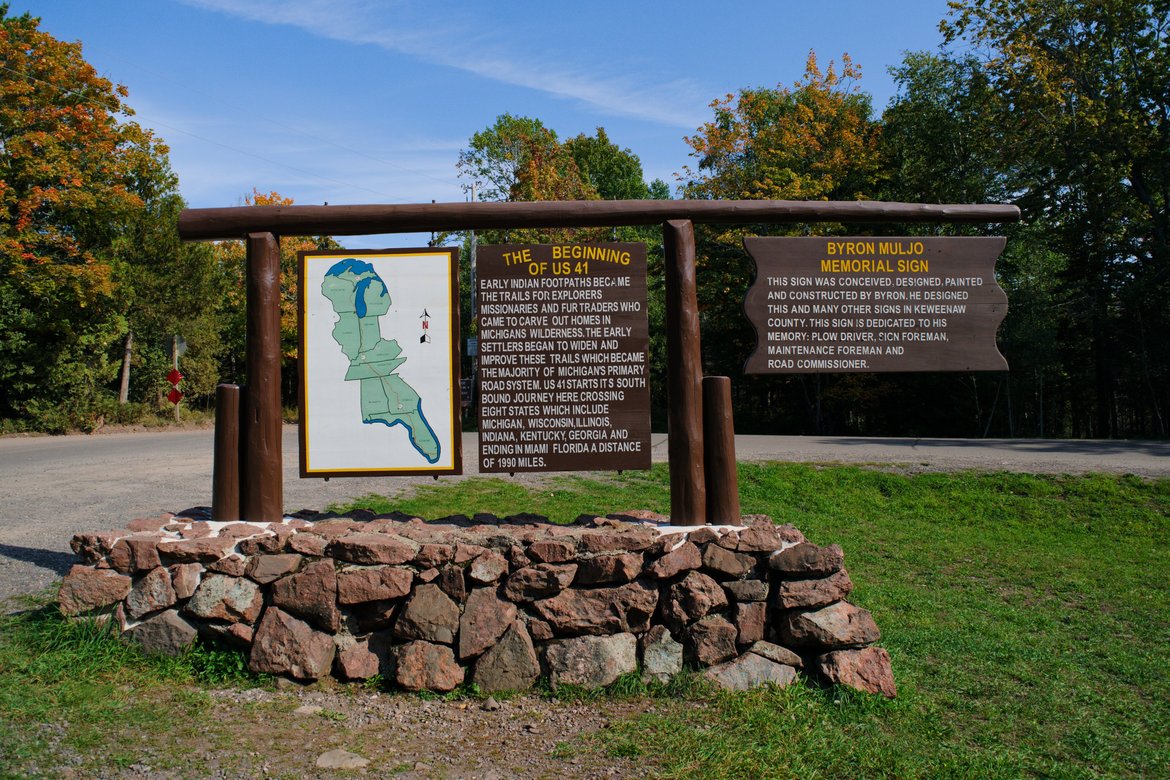

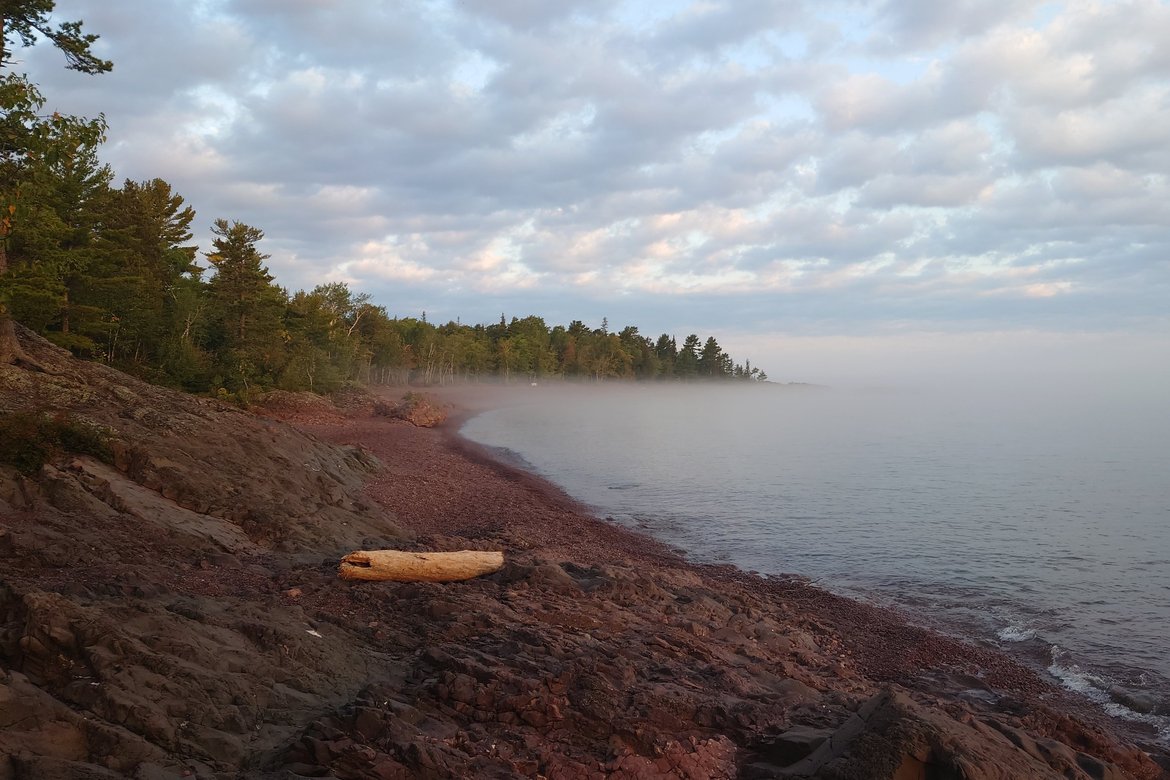
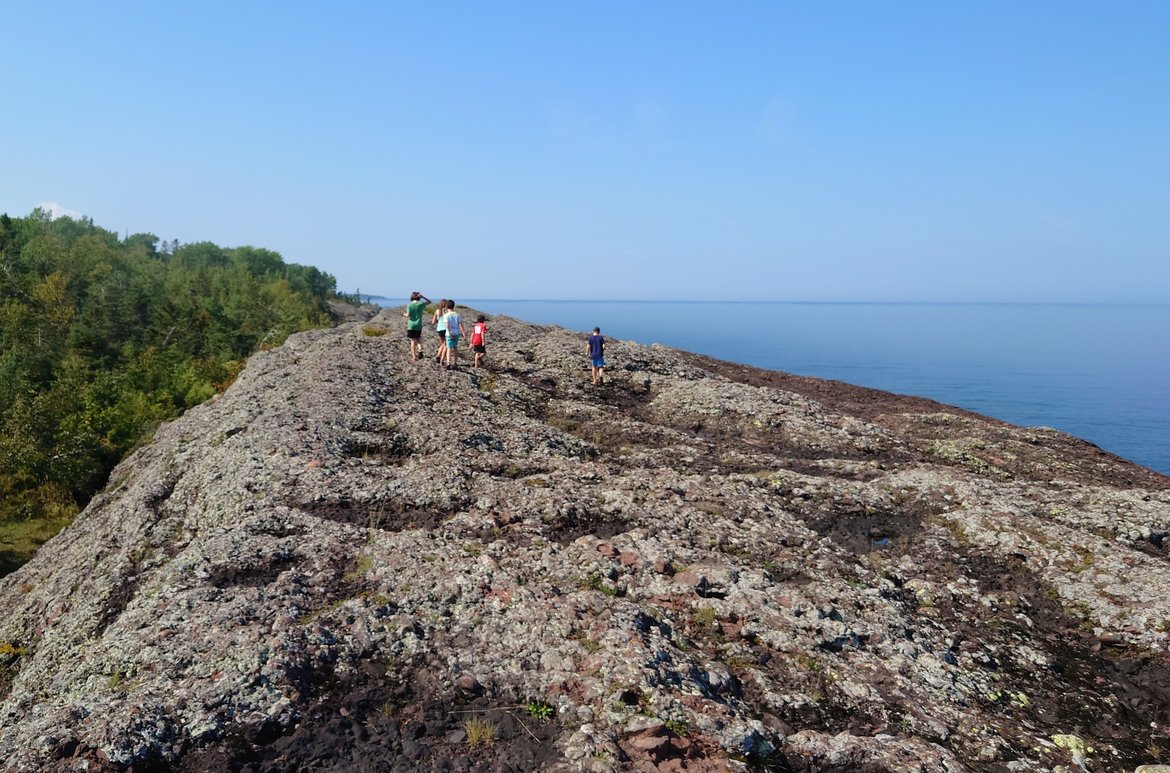
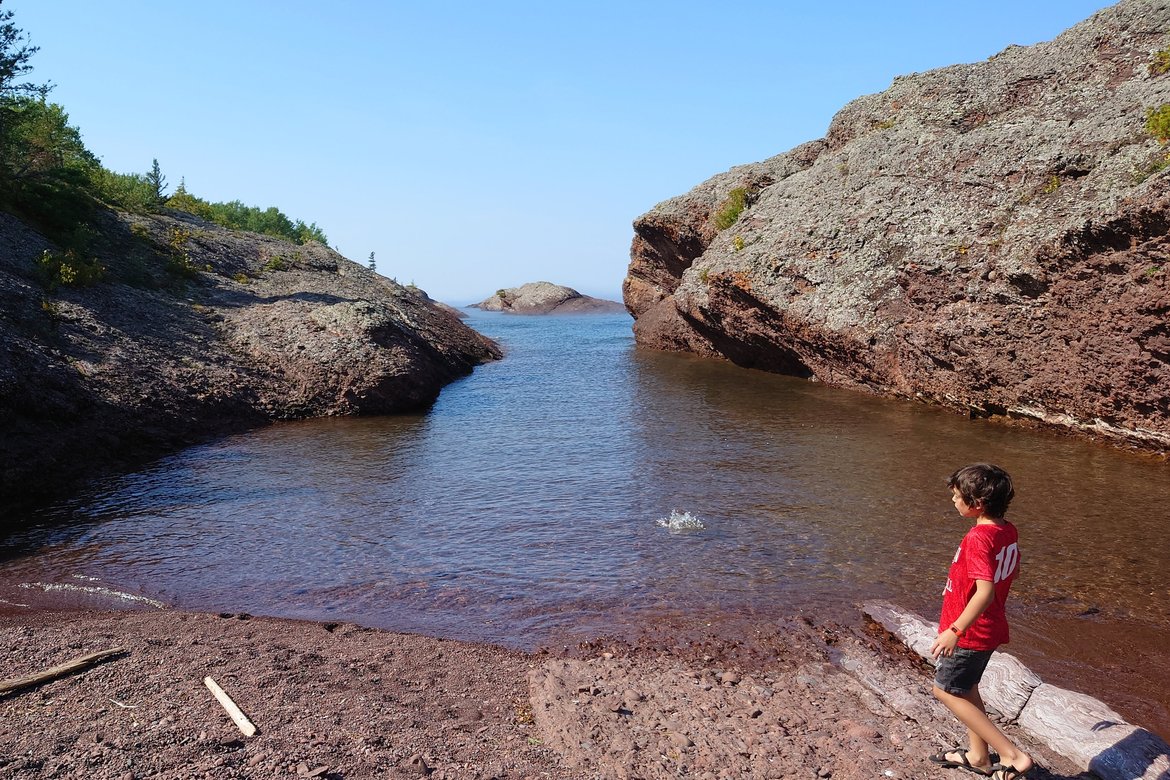
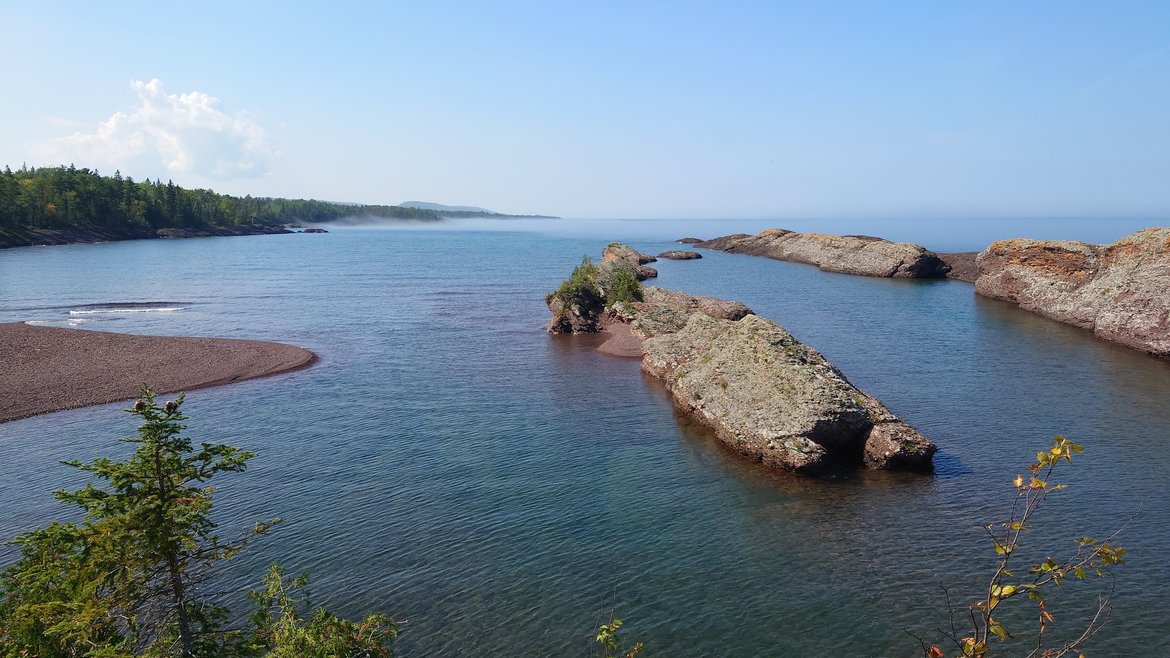
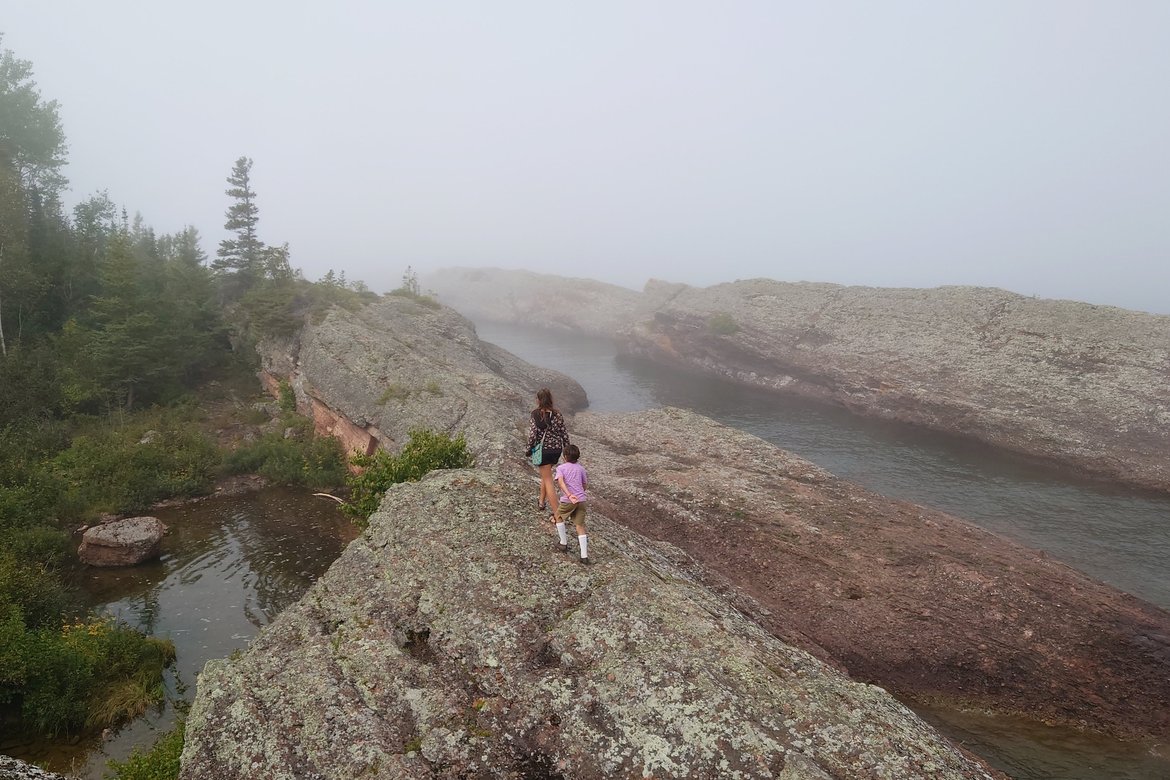
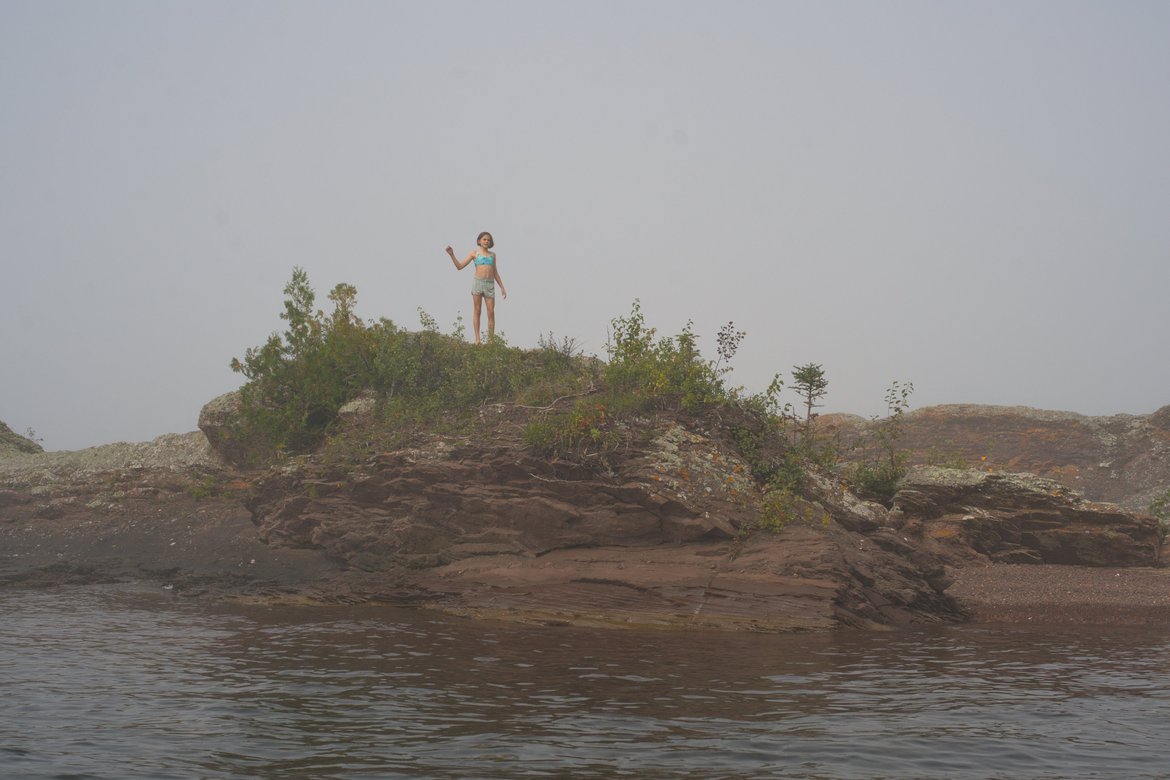
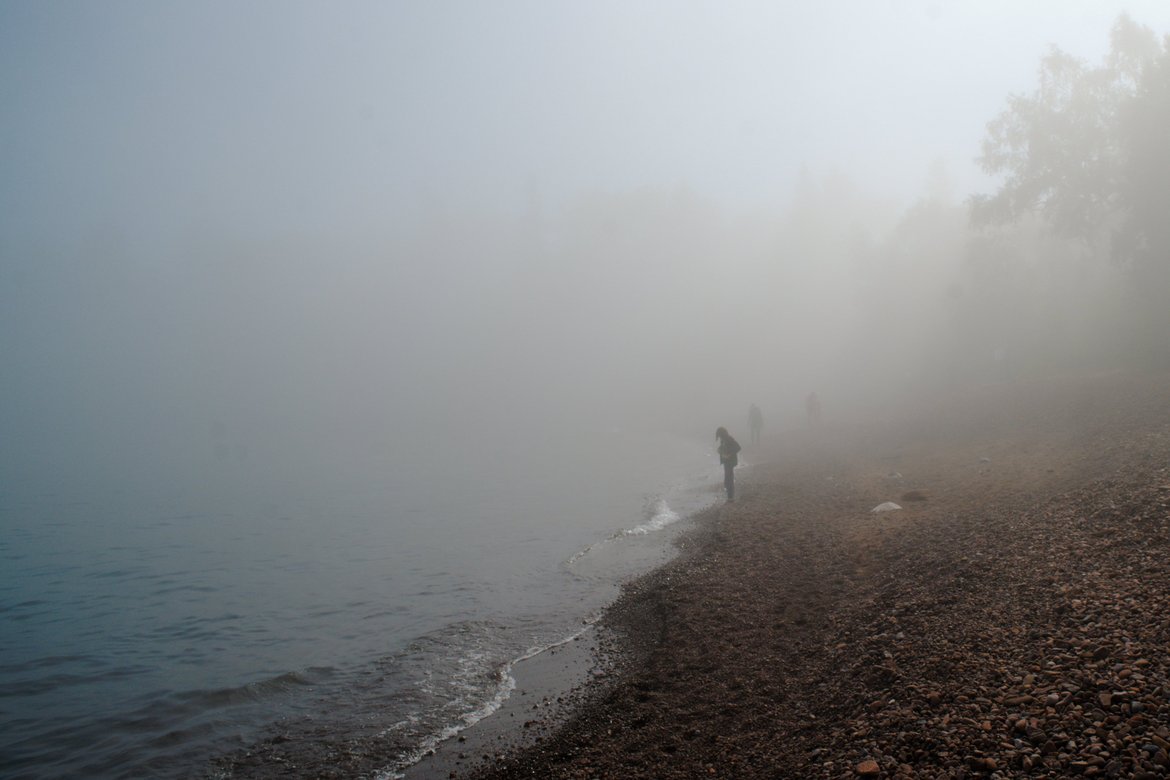
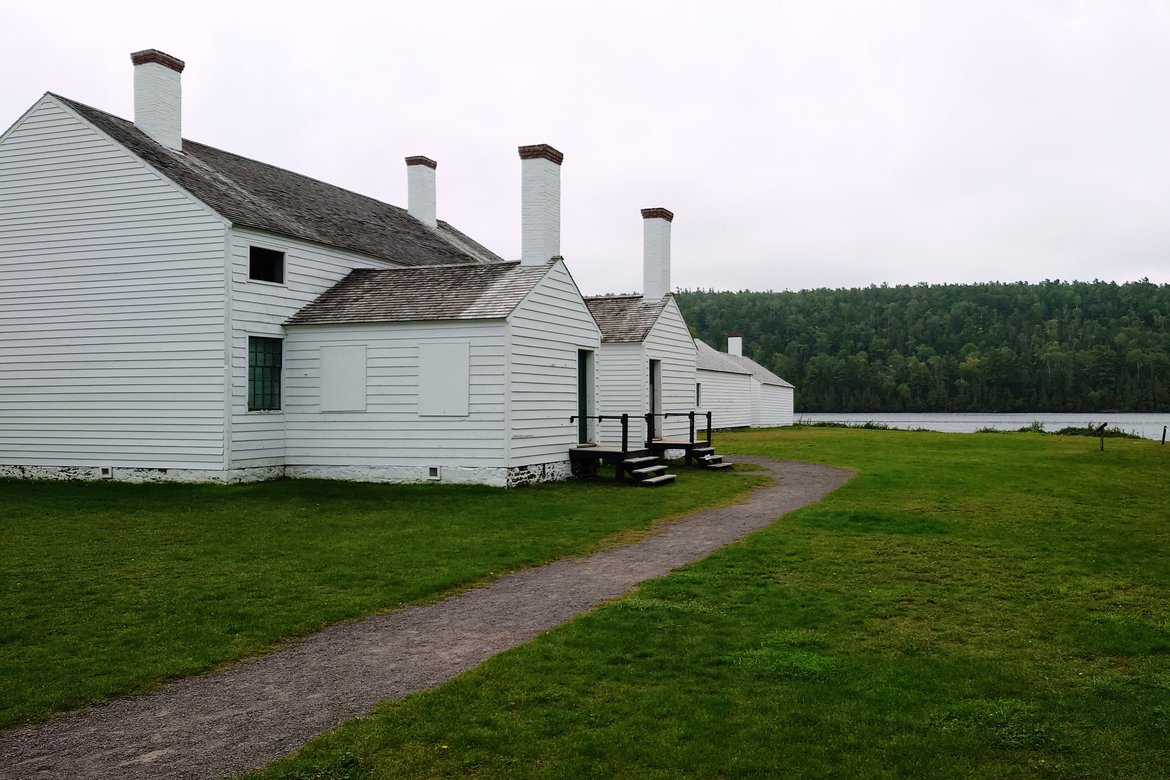
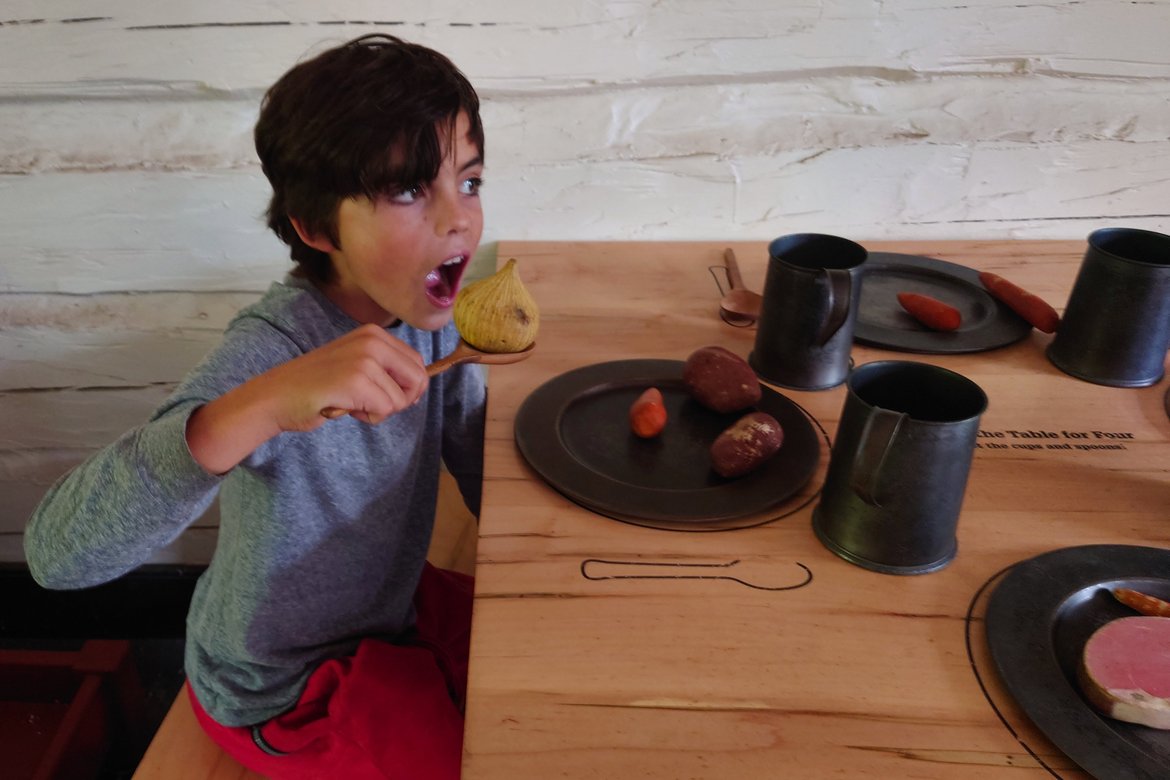
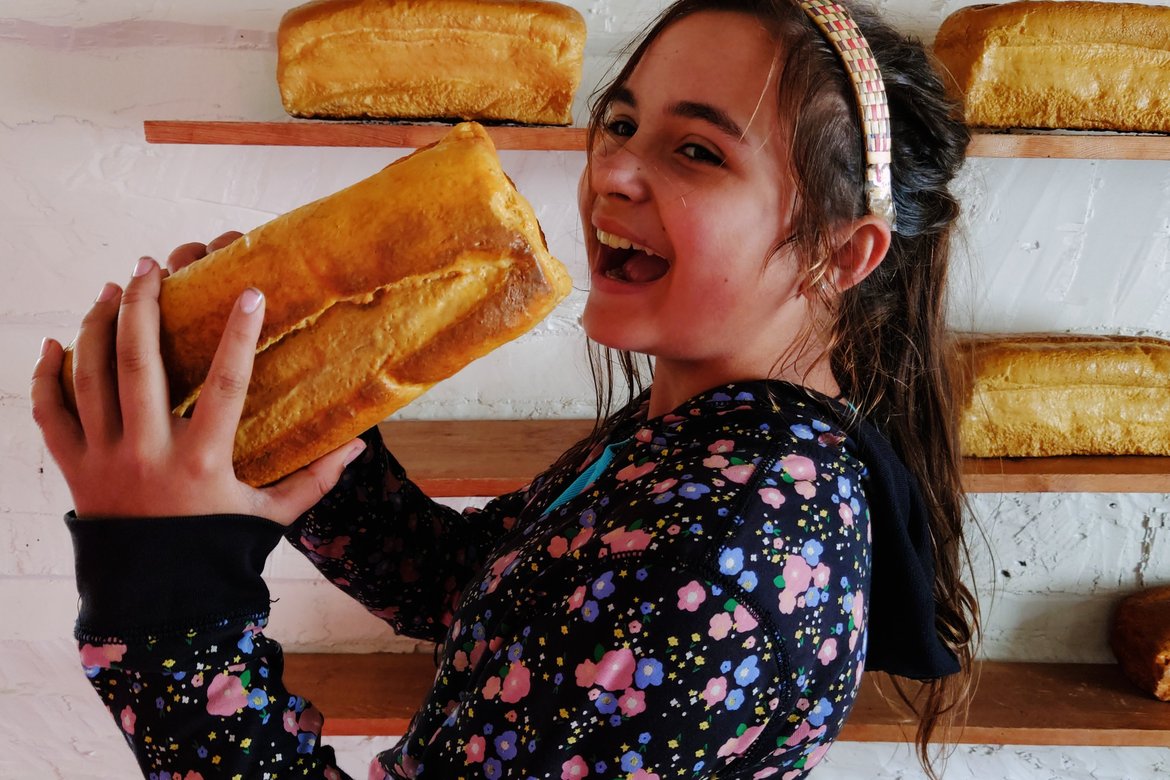
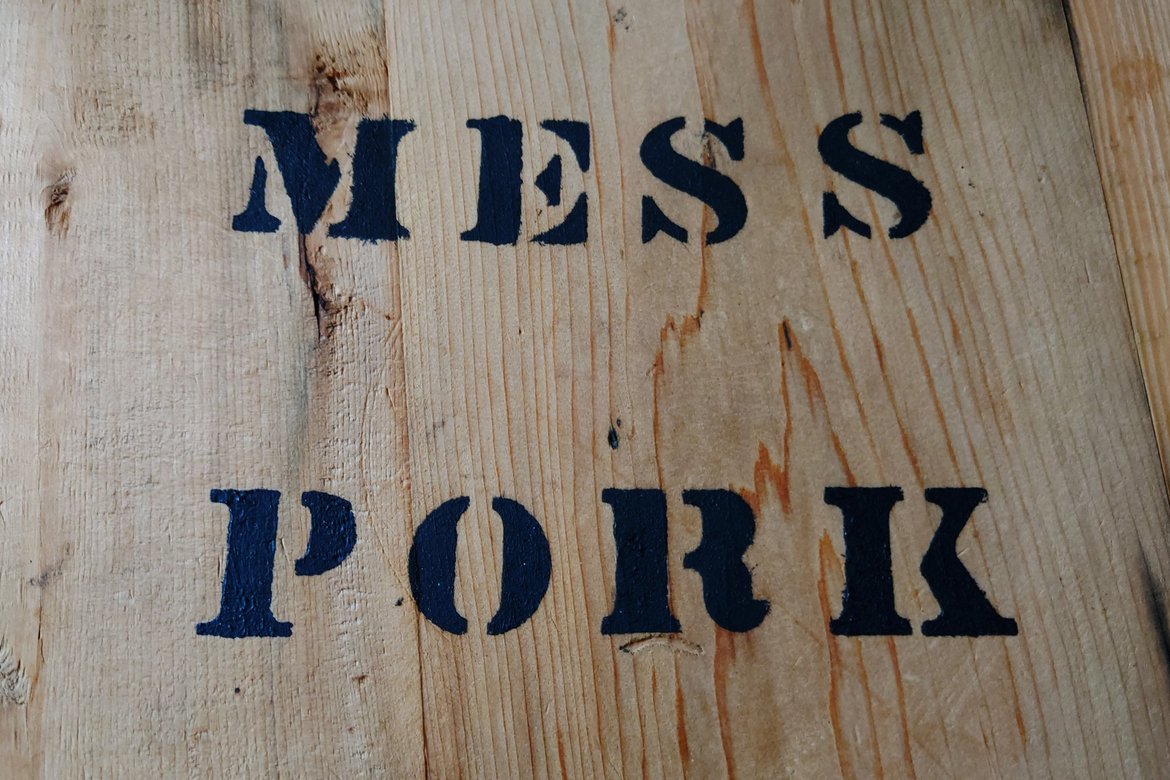
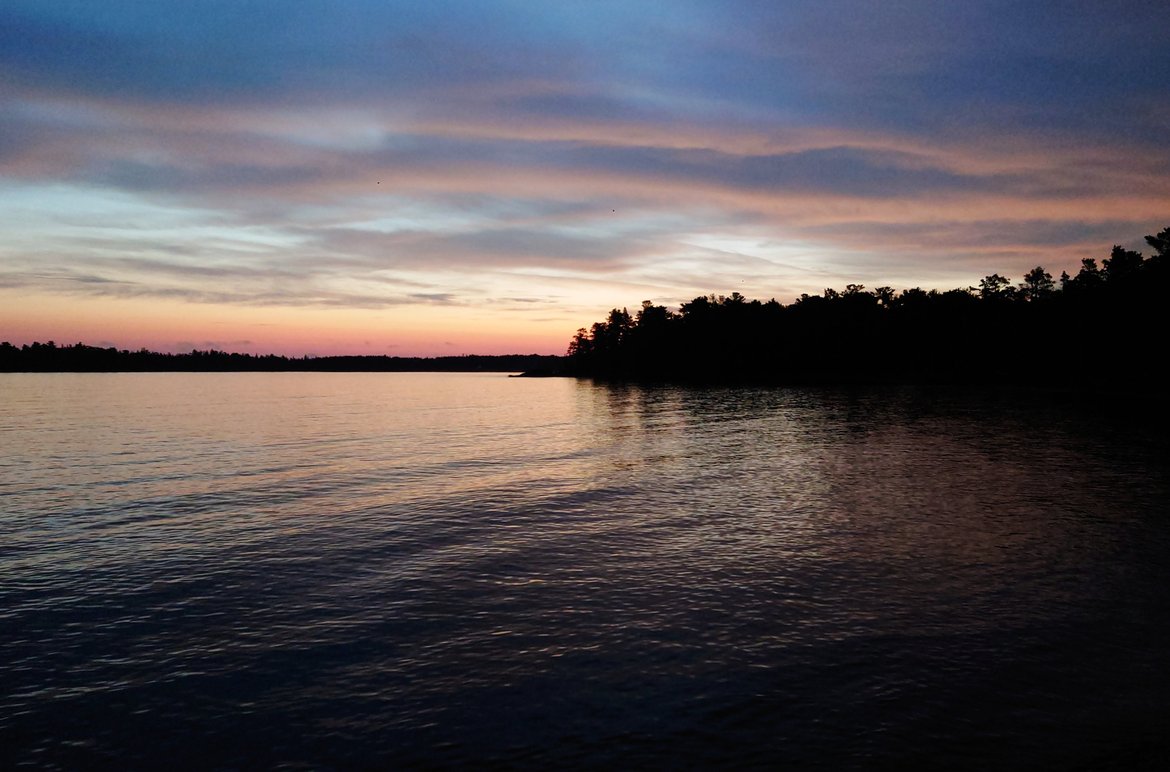
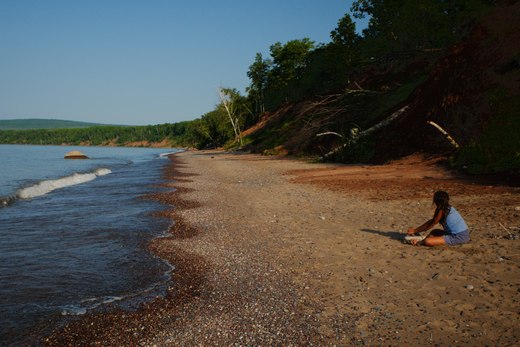
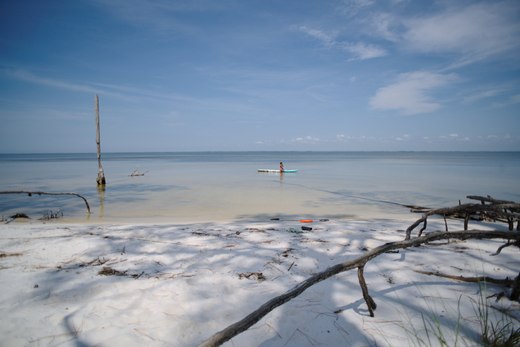
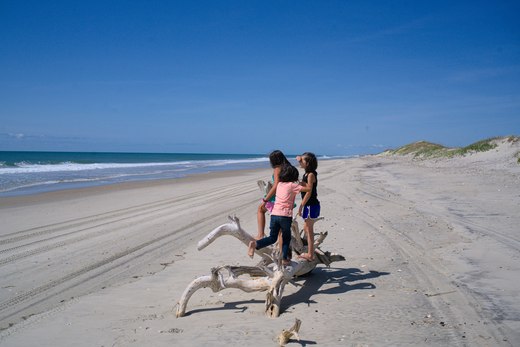
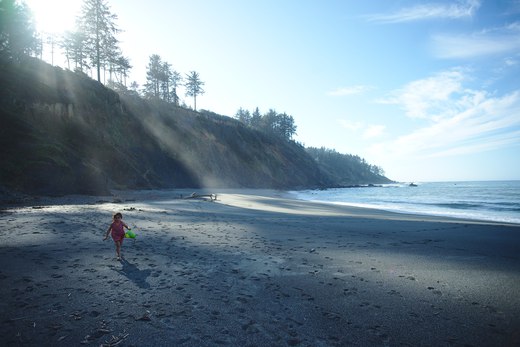
2 Comments
It seems like what a lot of the places you mention have in common is that they are more or less at the end of the road. Services are less frequent as a result and the places are harder to get to because there are less people and as a result less infrastructure. It seems to hold true for small Alaskan towns as well in my experience.
Best of luck to you and your family on the drive south.
Jack-
That is true, they are almost all literally at the end of the road. We always joke, the worse the road is the better whatever is at the end of it will be.
Thoughts?
Please leave a reply:
All comments are moderated, so you won’t see it right away. And please remember Kurt Vonnegut's rule: “god damn it, you’ve got to be kind.” You can use Markdown or HTML to format your comments. The allowed tags are
<b>, <i>, <em>, <strong>, <a>. To create a new paragraph hit return twice.